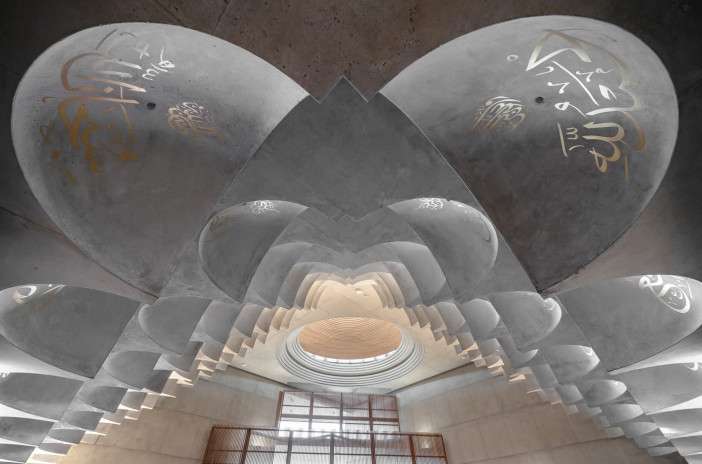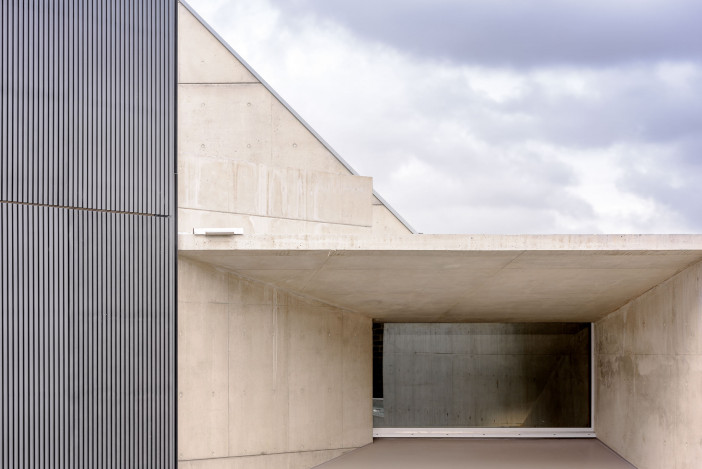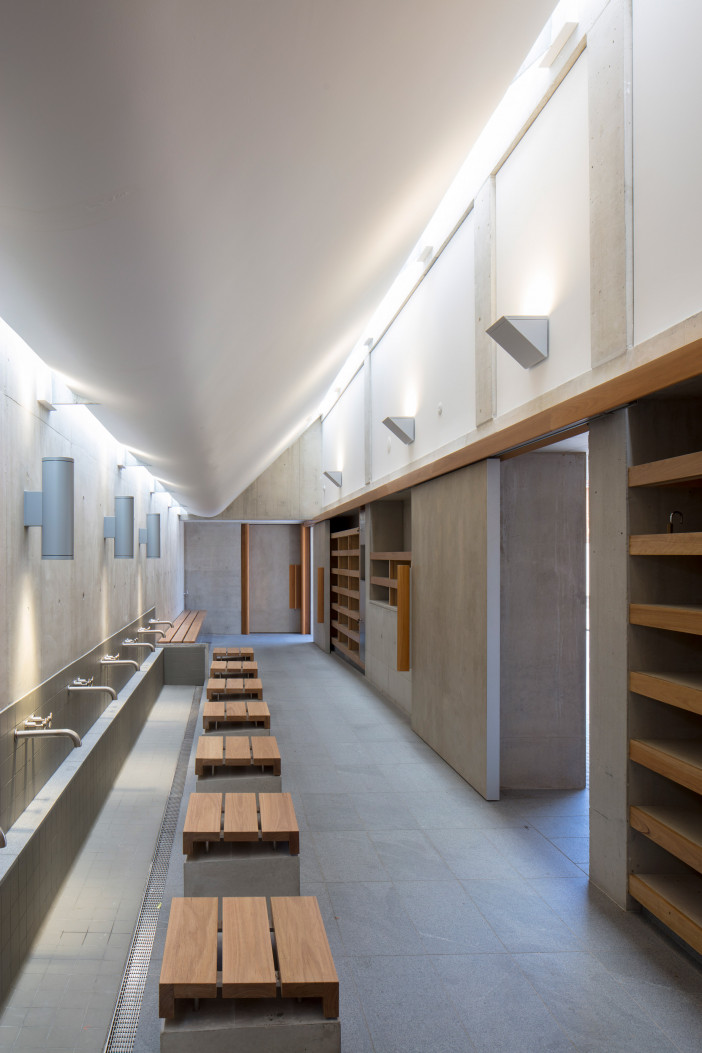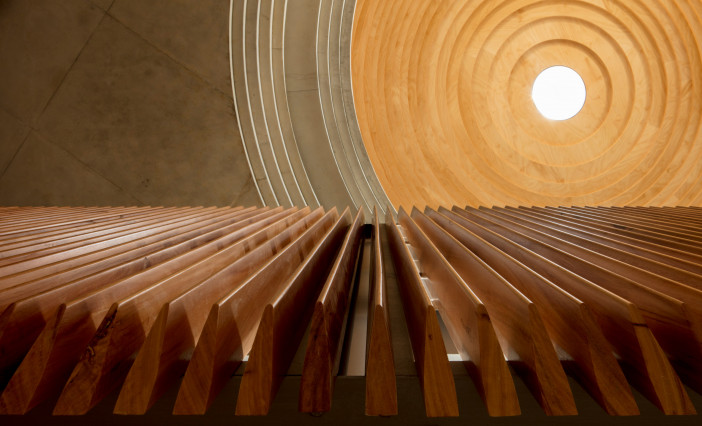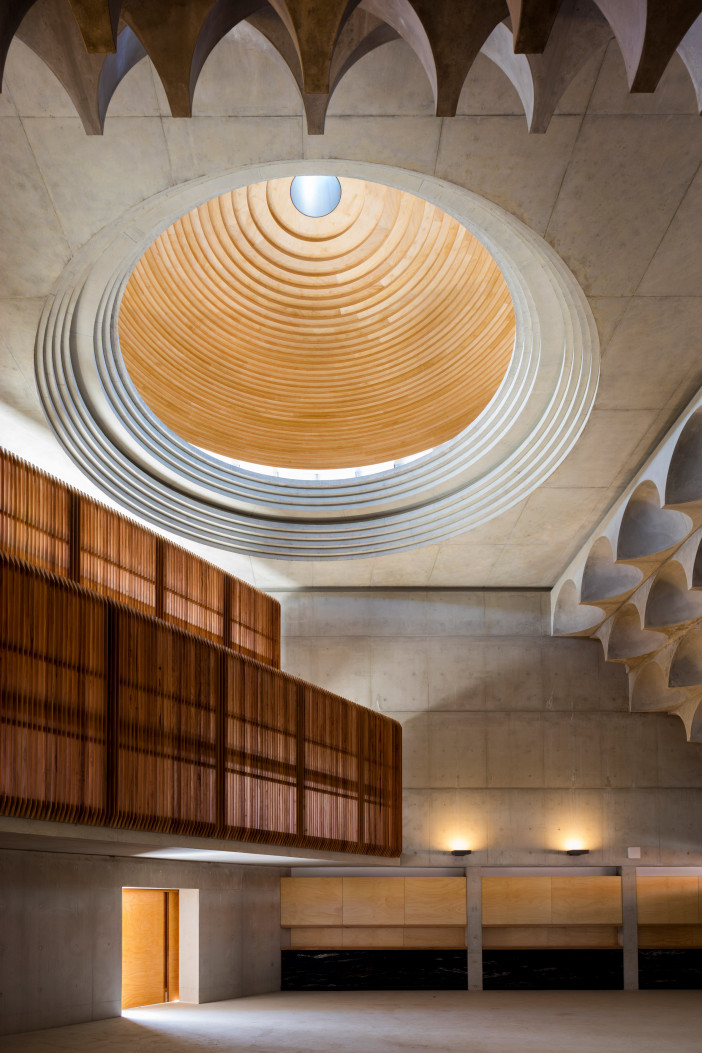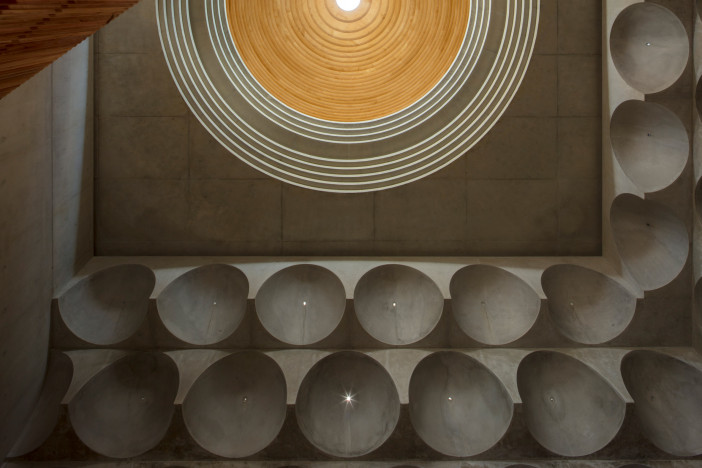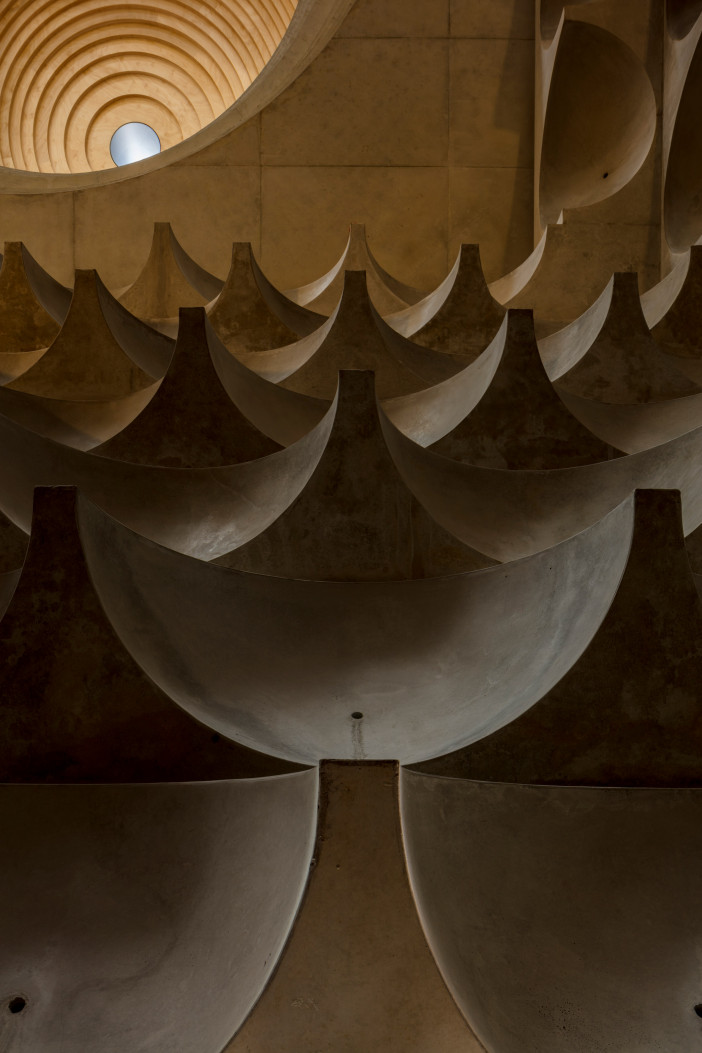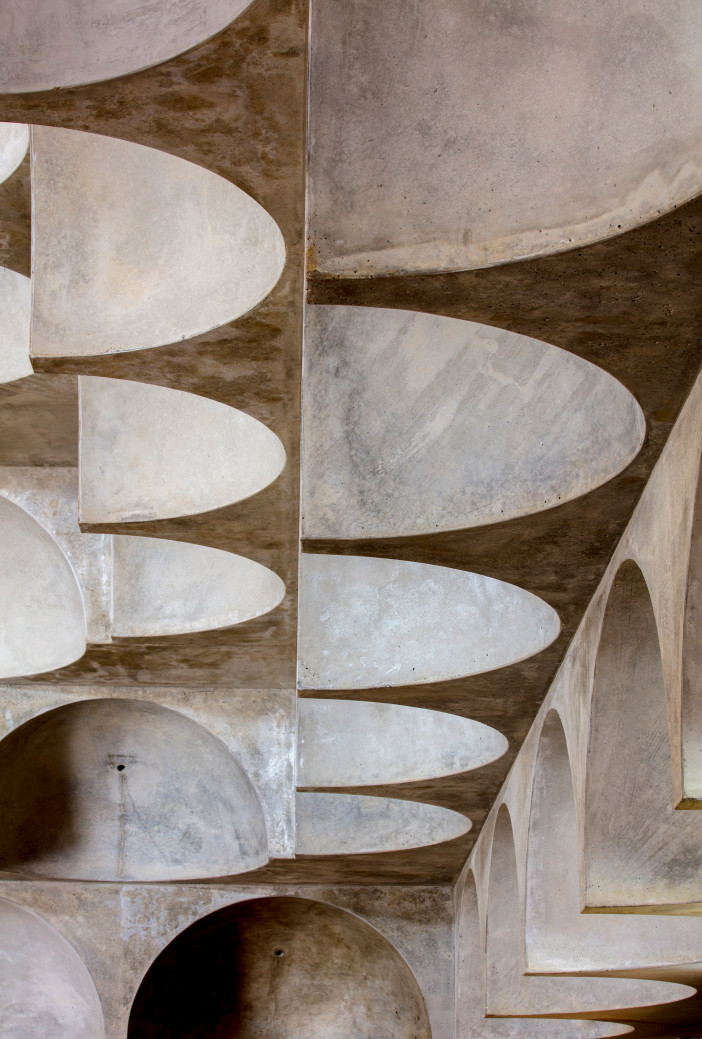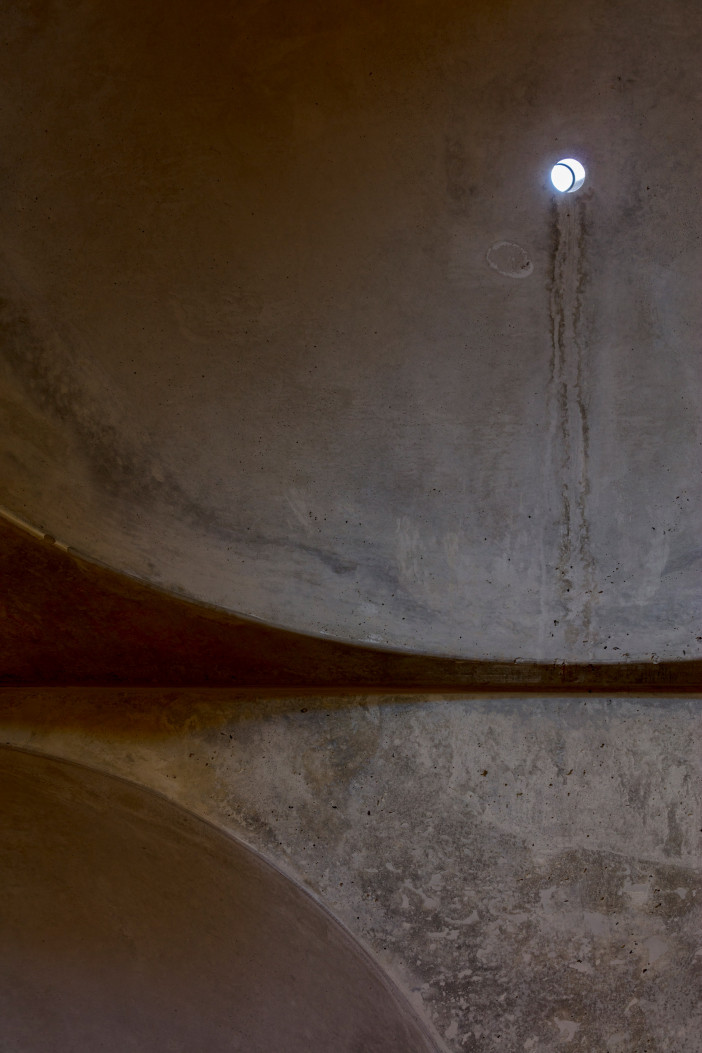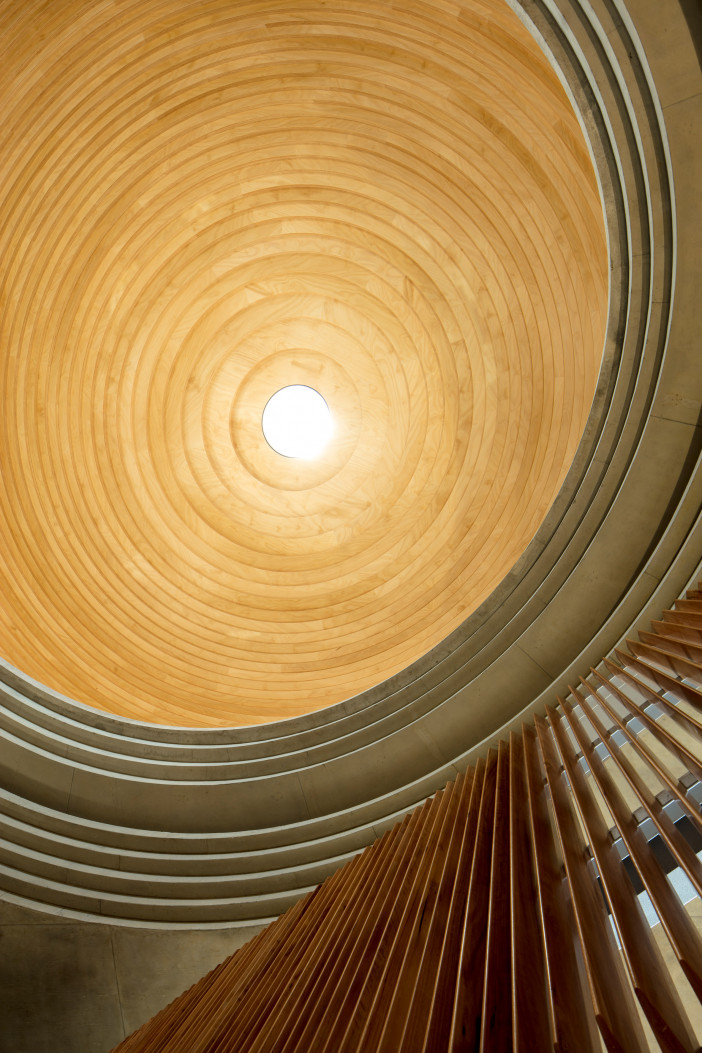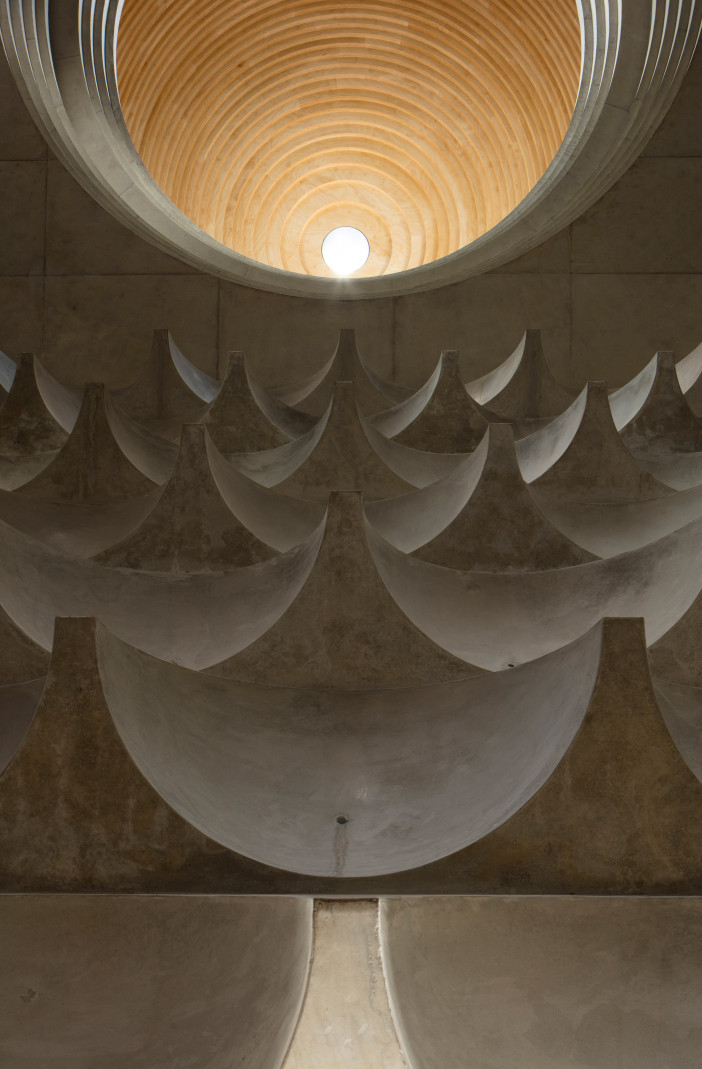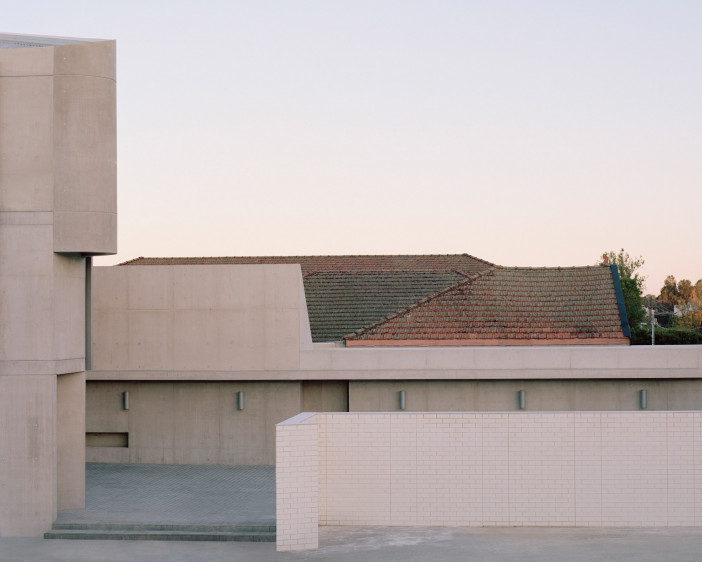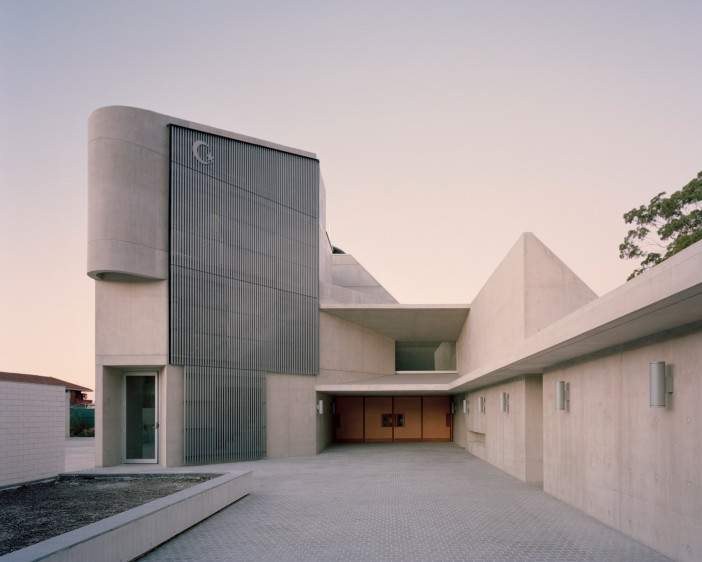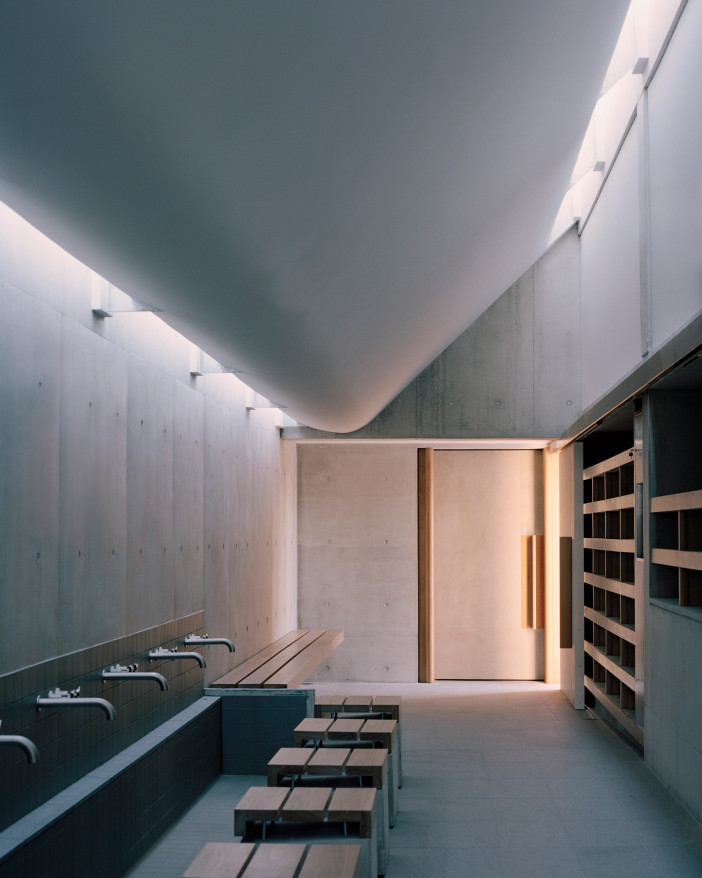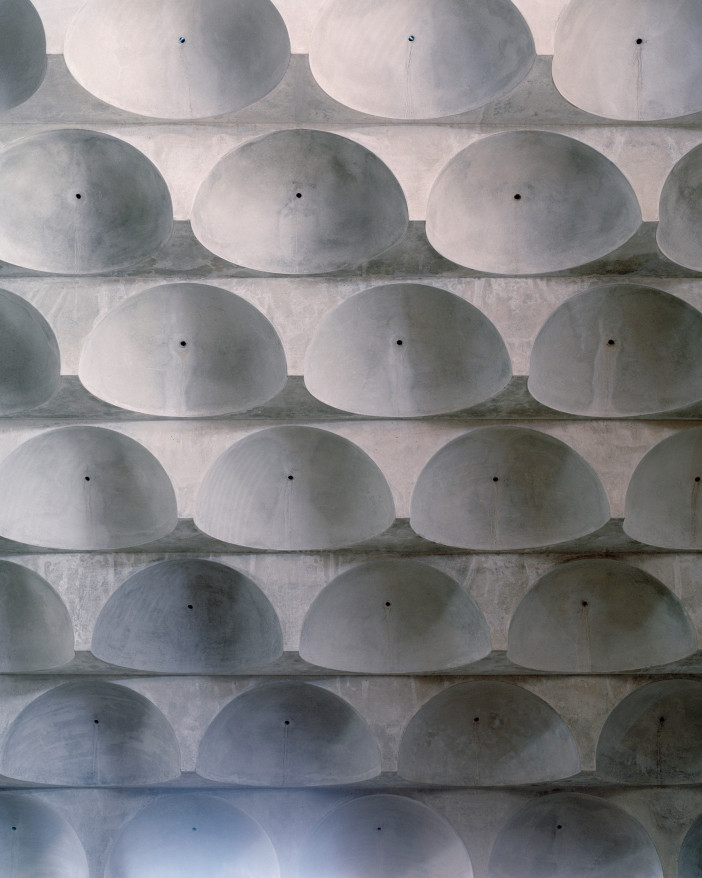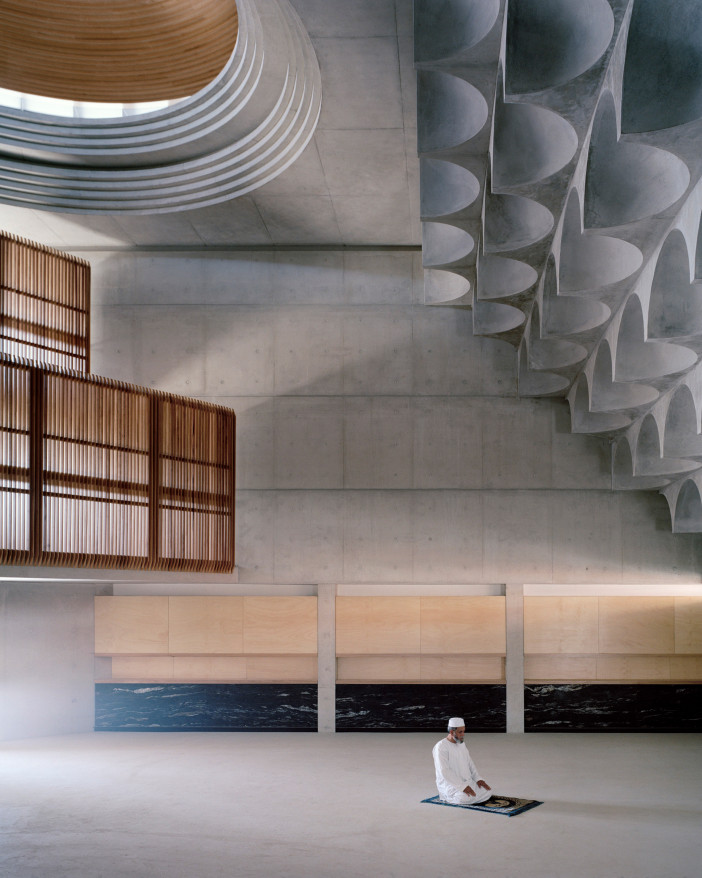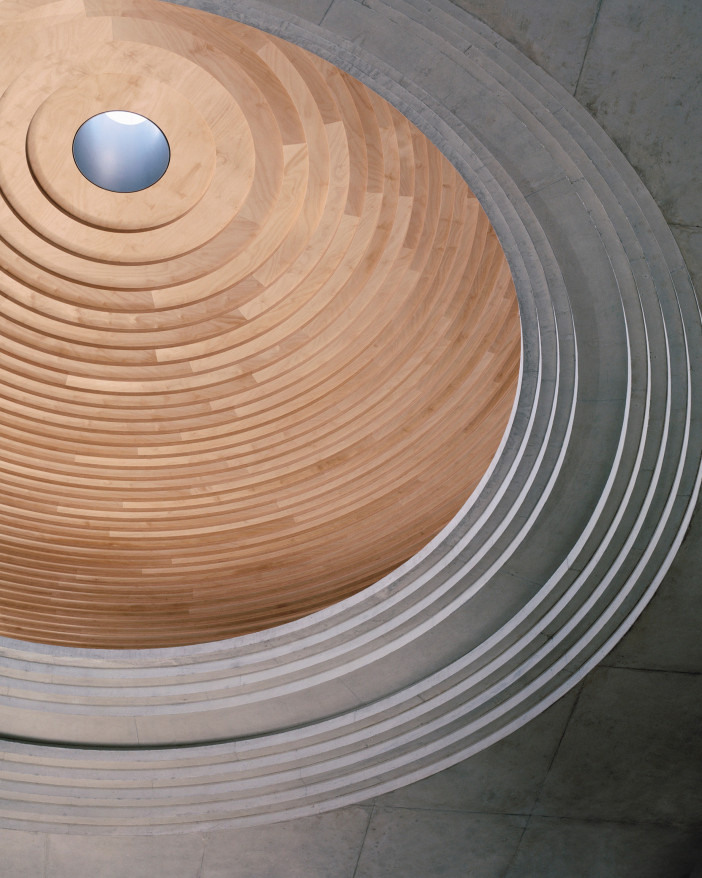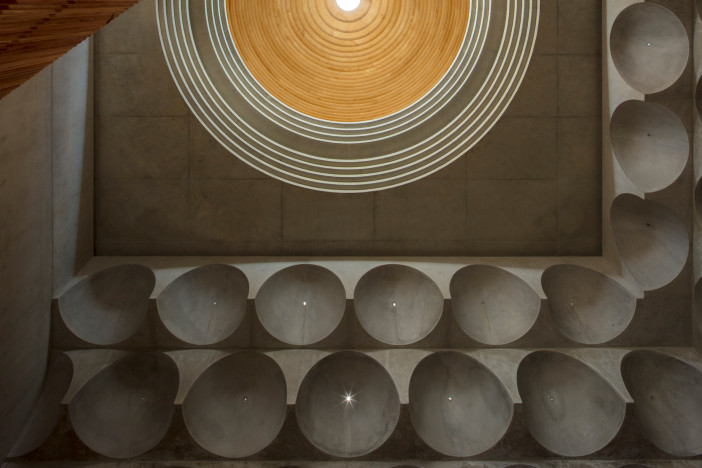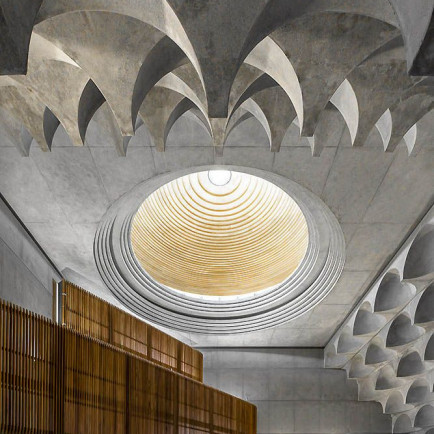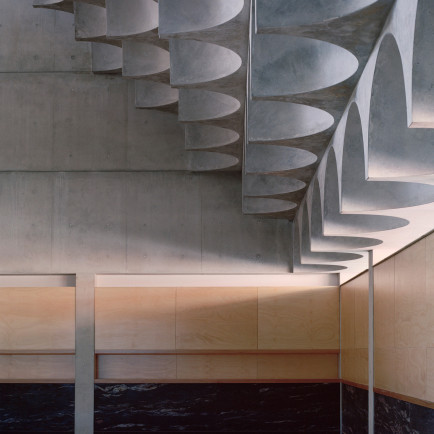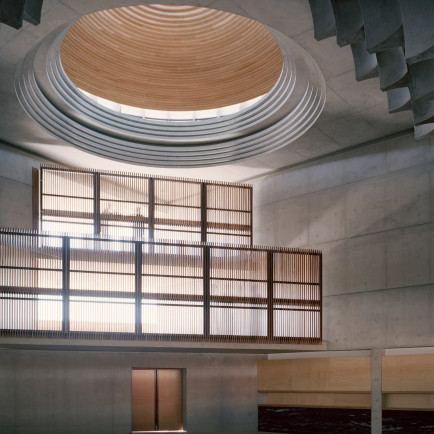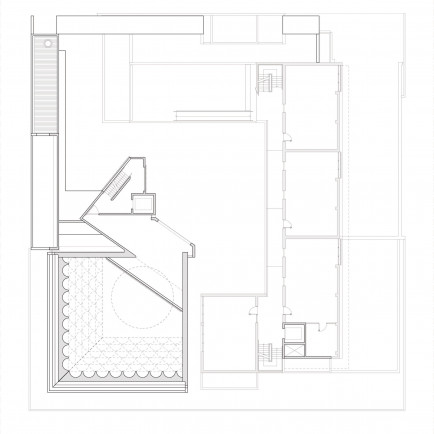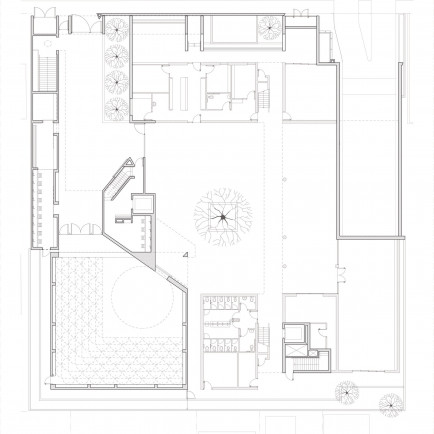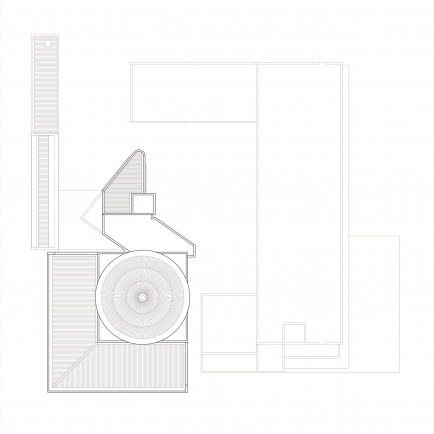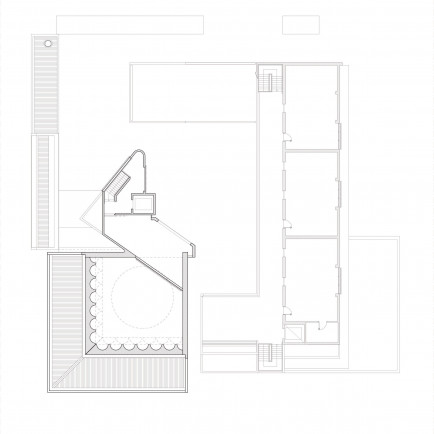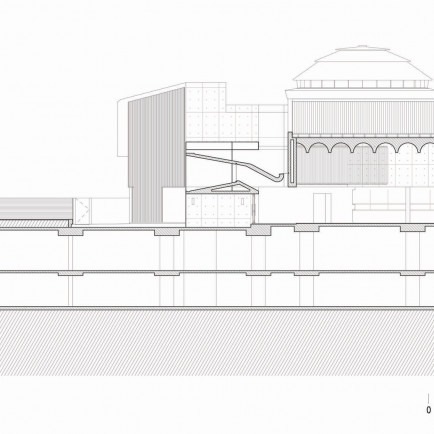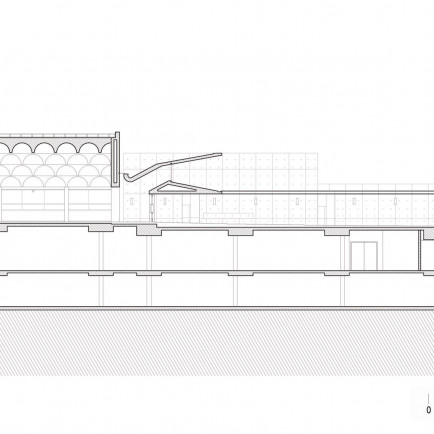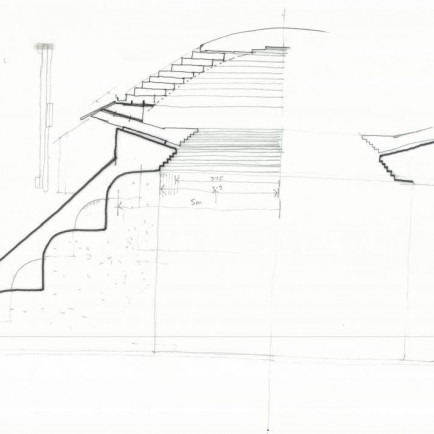Punchbowl mosque
Urban and Architectural
Introduction:
The Australian Islamic Mission
(AIM) is a community-based organization, established in 1973 and based in
Sydney, which fundraised to pay for the project.
Location:
Suburb of Punchbowl.
Structure:
Decorative concrete vaulted roof,
a central worship space with a concrete honeycomb structure that is derived
from the aesthetics of Islamic architecture
Mosque layout:
Architects designed the mosque in a
rectangular layout that has two adjoined but separate courtyards.
Mosque interior:
Prayer spaces can accommodate up to 300 men
and women.
-courtyards that provide segregated
gender-specific routes to perform ablutions before getting into the prayer room.
- male entrance: left sided entrance,
leading to the trapezium-shaped male ablutions room on the ground floor
supported with an entry awning shelters users as they walk by the main prayer
space.
-Female entrance: The opposing, the left-side entrance leads females to their prayer galleries on the first and
second floors, which can be accessed from the minaret.
These upper galleries overlook the
prayer space underneath the timber-lined dome and oculus, placing the female users
at the heart of the mosque.
the moving silhouettes of the females can be seen from below through timber battens in the window.
"It's traditional for the men to worship in the main space," said Candalepas Associates.
The worshippers face a sculptural, stepped wall of ornamental vaulting on the prayer space's south and west internal walls, orienting them towards al qibla direction.
The 102 half-domed forms of the cast-in-situ pattern alludes to the honeycomb structure of muqarnas – ornamented vaulting seen in traditional Islamic architecture.
-Streams of daylight extrude
through a 30-millimetre hole in the centre of each of the concrete muqarnas.
These are designed to illuminate the space throughout the day for the five
prayers.
-Above the prayer hall, a plywood
clad dome with an oculus feeds daylight into space. "The dome was a
consequence of a series of trials that were prototyped," said the studio.
-"The geometry in section
allowed the dome to emerge in a manner that describes the nature of the sphere
as graded by flat sheets of marine-plywood with hoop-pine veneer – the flat
surface area of the sheets enlarging as they become tangential to the edge of
the shape."
- a series of entrance areas that are surrounding the domed central worship space. The main entrance from the street is linked to the smaller courtyard. Located next to the mosque, it acts as a circulatory congregation space for those entering and exiting the grounds.
as towards the center of the project, the second courtyard is larger and more private. Opening out from the prayer space, the courtyard can be used as an additional outdoor space for religious festivals and cultural events.
"Formwerkz Architects created a
latticework based on traditional Islamic architecture at the Al Islah
Mosque, whereas Emre
Arolat's
stepped cave-like prayer space and Glenn
Murcutt's
mosque with skylight crowns aim to defy conventional precedents"
Description
The second construction phase will include a school for up to 175 students and offices around the larger courtyard.
References
https://www.admiddleeast.com/architecture-interiors/architecture/this-sydney-mosque-is-reinterpreting-traditional-islamic-architecture
https://aim.org.au/events/projects/
https://dac.dk/en/knowledgebase/architecture/punchbowl-mosque/
https://www.dezeen.com/2019/06/26/punchbowl-mosque-candalepas-associates-sydney-australia/
.
Details
Location
Punchbowl NSW 2196, Australia
Owners
Australian Islamic Mission
Architect Name
Year of Build
2017
Area
549 m²
Drawings
Map
Urban and Architectural
Introduction:
The Australian Islamic Mission
(AIM) is a community-based organization, established in 1973 and based in
Sydney, which fundraised to pay for the project.
Location:
Suburb of Punchbowl.
Structure:
Decorative concrete vaulted roof,
a central worship space with a concrete honeycomb structure that is derived
from the aesthetics of Islamic architecture
Mosque layout:
Architects designed the mosque in a
rectangular layout that has two adjoined but separate courtyards.
Mosque interior:
Prayer spaces can accommodate up to 300 men
and women.
-courtyards that provide segregated
gender-specific routes to perform ablutions before getting into the prayer room.
- male entrance: left sided entrance,
leading to the trapezium-shaped male ablutions room on the ground floor
supported with an entry awning shelters users as they walk by the main prayer
space.
-Female entrance: The opposing, the left-side entrance leads females to their prayer galleries on the first and
second floors, which can be accessed from the minaret.
These upper galleries overlook the
prayer space underneath the timber-lined dome and oculus, placing the female users
at the heart of the mosque.
the moving silhouettes of the females can be seen from below through timber battens in the window.
"It's traditional for the men to worship in the main space," said Candalepas Associates.
The worshippers face a sculptural, stepped wall of ornamental vaulting on the prayer space's south and west internal walls, orienting them towards al qibla direction.
The 102 half-domed forms of the cast-in-situ pattern alludes to the honeycomb structure of muqarnas – ornamented vaulting seen in traditional Islamic architecture.
-Streams of daylight extrude
through a 30-millimetre hole in the centre of each of the concrete muqarnas.
These are designed to illuminate the space throughout the day for the five
prayers.
-Above the prayer hall, a plywood
clad dome with an oculus feeds daylight into space. "The dome was a
consequence of a series of trials that were prototyped," said the studio.
-"The geometry in section
allowed the dome to emerge in a manner that describes the nature of the sphere
as graded by flat sheets of marine-plywood with hoop-pine veneer – the flat
surface area of the sheets enlarging as they become tangential to the edge of
the shape."
- a series of entrance areas that are surrounding the domed central worship space. The main entrance from the street is linked to the smaller courtyard. Located next to the mosque, it acts as a circulatory congregation space for those entering and exiting the grounds.
as towards the center of the project, the second courtyard is larger and more private. Opening out from the prayer space, the courtyard can be used as an additional outdoor space for religious festivals and cultural events.
"Formwerkz Architects created a
latticework based on traditional Islamic architecture at the Al Islah
Mosque, whereas Emre
Arolat's
stepped cave-like prayer space and Glenn
Murcutt's
mosque with skylight crowns aim to defy conventional precedents"
Description
The second construction phase will include a school for up to 175 students and offices around the larger courtyard.



